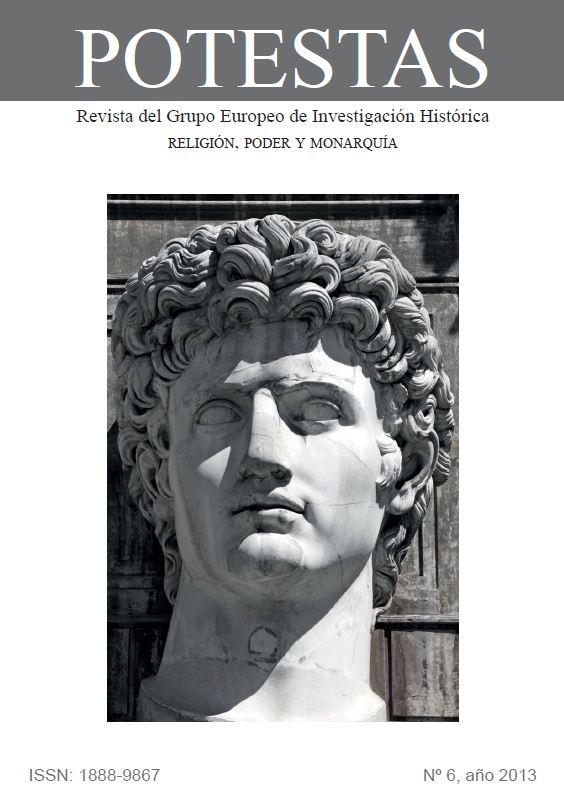Krone, Lorbeer, Zepter. Zum Wandel von Insignen am Beispiel der Bronzestatue des Brandenburgischen Kurfürsten und Preussischen Königs Friedrich III./I. von Andreas Schlüter und Johann Jacobi
Main Article Content
Abstract
A bronze statue of the fi rst Prussian king exemplifi es the
competition between insignia and changes in their meaning. Th is
development can be traced for the course of a century, from 1713 to
1814. Initially, the sceptre in the king’s hand was universally regarded
as the central item; by specifi c decree laurel crowned his head, whereas
the crown only appeared on the plinth. In 1802 the laurel was discarded,
bourgeoisie and aristocracy took the sceptre from the king’s hand,
sceptre and crown were reduced in size and moved to the side of the
plinth. In the end, the meaning of the sceptre that had again been added,
unchanged in form, was changed by bourgeoisie and aristocracy. The sceptre no longer ruled them, serving as a symbol of regal authority, but
instead stood for the nation and its rule over others.
competition between insignia and changes in their meaning. Th is
development can be traced for the course of a century, from 1713 to
1814. Initially, the sceptre in the king’s hand was universally regarded
as the central item; by specifi c decree laurel crowned his head, whereas
the crown only appeared on the plinth. In 1802 the laurel was discarded,
bourgeoisie and aristocracy took the sceptre from the king’s hand,
sceptre and crown were reduced in size and moved to the side of the
plinth. In the end, the meaning of the sceptre that had again been added,
unchanged in form, was changed by bourgeoisie and aristocracy. The sceptre no longer ruled them, serving as a symbol of regal authority, but
instead stood for the nation and its rule over others.
Downloads
Download data is not yet available.
Article Details
How to Cite
Fischbacher, T. (2015). Krone, Lorbeer, Zepter. Zum Wandel von Insignen am Beispiel der Bronzestatue des Brandenburgischen Kurfürsten und Preussischen Königs Friedrich III./I. von Andreas Schlüter und Johann Jacobi. POTESTAS. Estudios Del Mundo Clásico E Historia Del Arte, 6(6). Retrieved from https://www.e-revistes.uji.es/index.php/potestas/article/view/1684
Issue
Section
ARTÍCULOS


